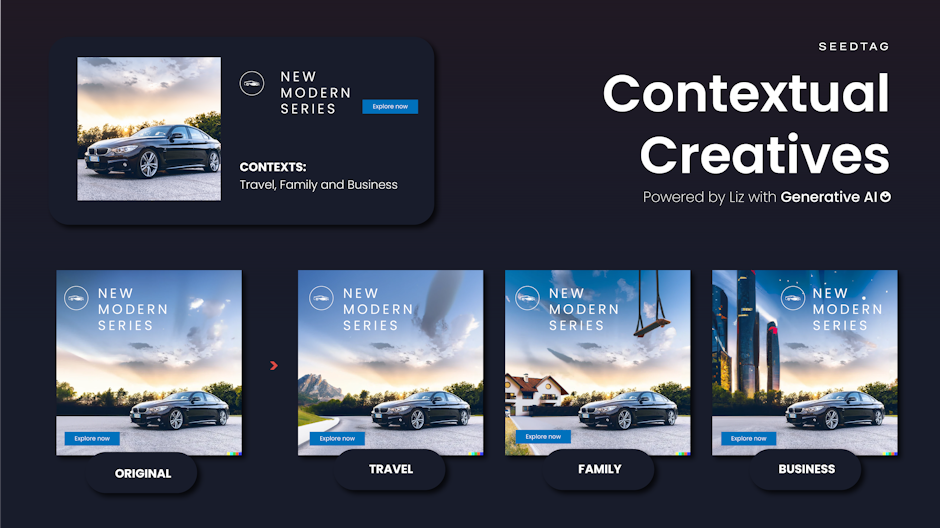Fernando Pascual on the industry-shifting marriage of generative and contextual AI
Contextual artificial intelligence (AI) and generative AI are creating waves in their own rights, but what happens when you bring them together? And will combining them set the advertising industry up for success in its privacy-first future? Fernando Pascual, vice president of design at Seedtag, takes a deep dive into the current contextual advertising landscape, looking at how it’s changing, and where it’s going

How do contextual solutions meet the growing privacy needs of the advertising industry?
In the next age of advertising, marketers will no longer be able to rely on identifiers to effectively target consumers. Contextual advertising finds the right time and the right moment when users are most likely to engage so brands can target them effectively - without compromising the user’s privacy.
These solutions leverage deep learning, computer vision, and natural language processing to create insights that enable brands and agencies to target specific audiences by understanding the context in which the content will appear. Context relates to the content a user consumes, which is more broadly applicable and, in many settings, more effective than relying on individually identifiable signals. For example, an individual may enjoy mobile gaming but targeting mobile game ads at them when they’re doing research at work could be a nuisance, because the context is wrong.
How can current contextual solutions be elevated?
Contextual solutions aren’t new of course, but they are continuously evolving to meet the growing privacy demands of the industry. With brands battling to capture user attention, there’s an ongoing need for more content and at a faster pace. Generative AI is able to generate content at incredible speed, and marrying its capabilities with existing contextual solutions can enable brands to quickly tailor content to different contexts, without changing entire concepts or campaigns.
Multiple versions of the same ad can be created and tailored to different contexts based on analysis conducted by contextual solutions. This flexibility ensures the content remains consistent with its context, saving time and resources for brand and agency creative studios in the process. Attention-grabbing, personalized, and contextually relevant campaigns foster stronger consumer engagement.
How can we balance the capabilities of generative AI with human creative teams?
Content generated by AI still needs to be scrutinized, which is where human teams can flex their muscles. Having design teams perform a rigorous creative validation process by analyzing the generated creatives is key to ensuring the brand’s messaging, values, and bar for quality are all maintained. There have been fears over generative AI replacing human jobs , but generative AI is an incredible tool marketers can incorporate into their strategies to accelerate their workflows, while still ensuring they retain final creative control.
How can brands ensure content remains original and relevant?
The objective of combining contextual AI and generative AI is to partly automate the modification of existing creatives without changing the core idea. Instead of creating content from scratch, generative AI platforms build on what the brand has already established to modify and optimize the content output.
Generative AI enables infinite versioning of creative content which, by combining with contextual AI, then narrows those infinite variations down to those that align with the wider context. Imagine adding about 20% of new content to what already exists, retaining 80% of the original idea and core message. This way, brands can ensure content is not generic or repetitive.
How do these solutions align with the challenges facing advertising?
Privacy is here to stay. From GDPR kickstarting the ongoing proliferation of privacy legislation to growing consumer demands for more brand transparency and initiatives from the big tech players such as Apple’s opt-in iOS tracking, it’s clear that the future of the industry depends on privacy-centric advertising technologies and solutions.
With the latest generation of contextual, brands can target the right consumers at the right time, in the right places, without the collection or use of personal data. Layer generative AI’s capabilities on top of AI-generated contextual insights, and marketers are set up for success, despite the wider market challenges. This will be particularly transformational for smaller, boutique agencies, who will be able to leverage their creative and strategic talents while using automation to punch above their weight in productivity. This democratization will create the innovation, diversity and competition needed to ensure the digital ecosystem continues to thrive.

